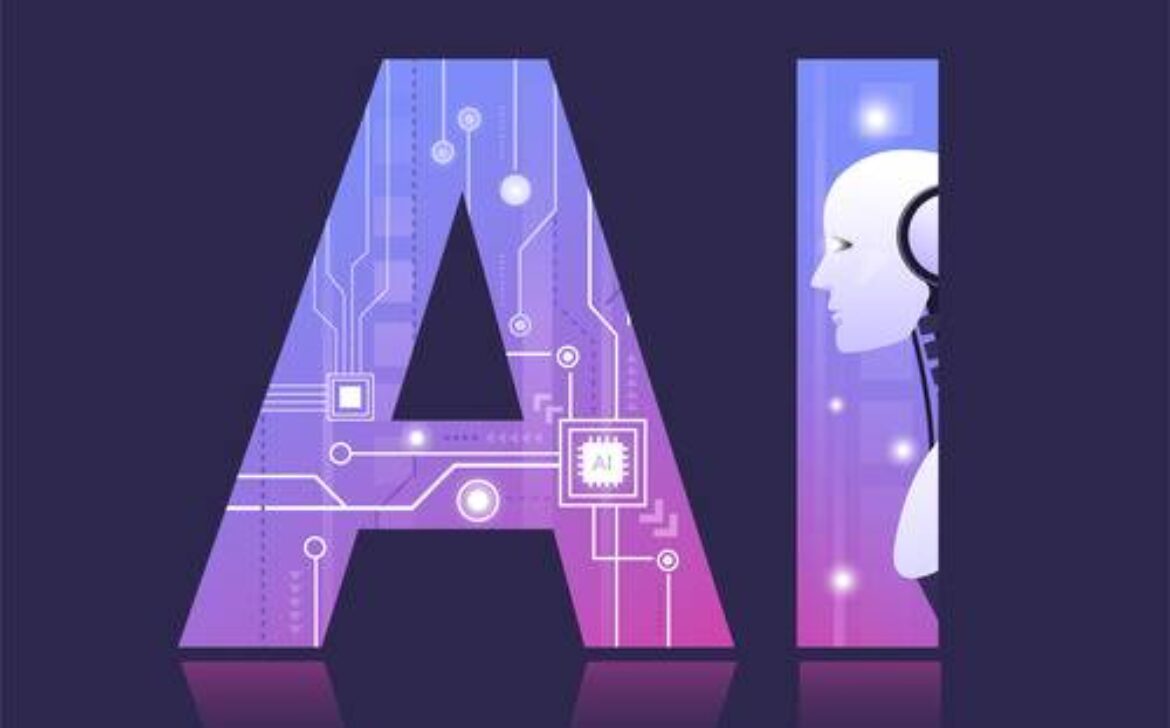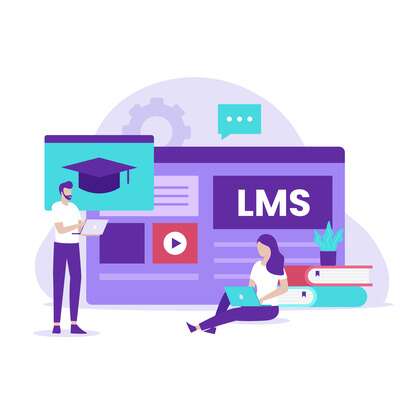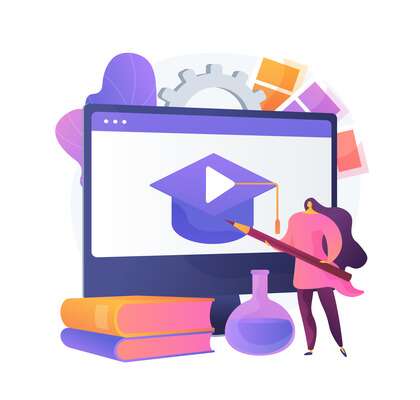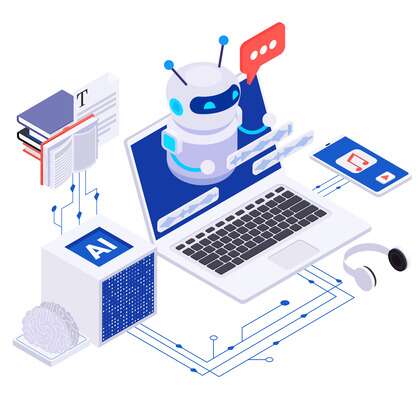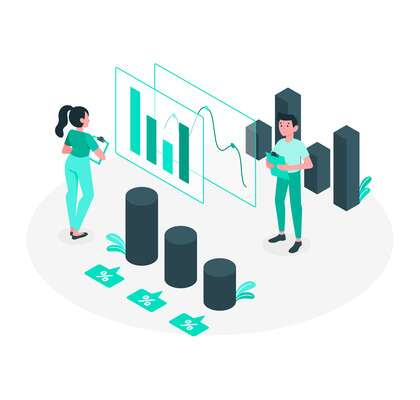Data Science and Analytics: Leveraging Insights for Business Success
Data Science and Analytics: Leveraging Insights for Business Success
Introduction
In today’s data-driven world, businesses have access to vast amounts of information. However, the ability to derive meaningful insights from this data is what truly sets successful organizations apart. This is where data science and analytics play a critical role. In this article, we explore the importance of data science and analytics in driving business success, highlighting the key concepts, methodologies, and implications for organizations.
Understanding Data Science and Analytics
Data science is an interdisciplinary field that combines statistics, mathematics, computer science, and domain knowledge to extract insights and knowledge from data. It involves collecting, cleaning, analyzing, and interpreting large and complex datasets to uncover patterns, trends, and relationships. Data analytics, on the other hand, focuses on the process of examining data to draw conclusions and make informed decisions.
The Role of Data Science and Analytics in Business
Data-Driven Decision Making
Data science and analytics enable businesses to make informed decisions based on objective evidence rather than relying solely on intuition or past experiences. By analyzing data from various sources, organizations can gain valuable insights into customer behavior, market trends, and operational efficiency. This, in turn, allows them to identify areas of improvement, optimize processes, and make strategic decisions that drive business growth.
Customer Understanding and Personalization
Data science and analytics provide organizations with a deeper understanding of their customers. By analyzing customer data, businesses can segment their target audience, identify their preferences, and anticipate their needs. This information can be used to personalize marketing campaigns, tailor product offerings, and enhance the overall customer experience. Through personalization, businesses can foster stronger customer relationships and increase customer loyalty.
Predictive and Prescriptive Analytics
Data science techniques, such as predictive and prescriptive analytics, enable organizations to forecast future outcomes and make proactive decisions. Predictive analytics uses historical data and statistical models to predict future events, such as customer behavior, sales trends, or equipment failure. Prescriptive analytics goes a step further by providing recommendations and actions to optimize outcomes. These analytics techniques empower businesses to mitigate risks, seize opportunities, and stay ahead of the competition.
Operational Efficiency and Process Optimization
Data science and analytics help organizations identify inefficiencies and bottlenecks in their operations. By analyzing data on workflows, supply chains, and resource allocation, businesses can optimize processes, reduce costs, and improve overall efficiency. For example, analyzing production data can help identify areas for improvement, such as reducing waste, optimizing inventory levels, or streamlining distribution channels. These insights can lead to significant cost savings and improved productivity.
Fraud Detection and Risk Management
Data science and analytics play a crucial role in detecting fraud and managing risks within organizations. By analyzing transactional data and identifying patterns of fraudulent behavior, businesses can develop robust fraud detection systems. Data science techniques can also be used to assess and mitigate various risks, such as credit risk, operational risk, or cybersecurity threats. This proactive approach to risk management helps protect businesses and their stakeholders from potential harm.
Implications for Organizations
Data Infrastructure and Technology
To leverage the power of data science and analytics, organizations need a robust data infrastructure and appropriate technologies. This includes data storage systems, data integration tools, and scalable computing resources. Additionally, organizations should invest in data analytics platforms and tools that enable efficient data processing, visualization, and modeling.
Data Governance and Privacy
As organizations handle large amounts of data, ensuring data governance and privacy becomes paramount. Businesses must establish policies and procedures to manage data securely, comply with relevant regulations, and protect customer privacy. This involves implementing data access controls, encryption techniques, and maintaining transparent data management practices.
Talent Acquisition and Skill Development
To effectively leverage data science and analytics, organizations need skilled professionals with expertise in areas such as statistics, programming, data visualization, and machine learning. Hiring and developing a strong data science team is crucial for successfully implementing data-driven strategies and extracting actionable insights. Providing ongoing training and development opportunities for existing employees is also essential to cultivate a data-driven culture within the organization.
Collaboration and Integration
Data science and analytics should not exist in isolation within an organization. Collaboration and integration across different departments and teams are vital for maximizing the value of data insights. Business leaders, data scientists, and domain experts should work together to define business objectives, identify key metrics, and align data analytics initiatives with organizational goals. This collaboration ensures that data-driven insights are effectively translated into actionable strategies.
Conclusion
Data science and analytics have become indispensable tools for businesses seeking to gain a competitive edge in today’s data-driven world. From data-driven decision making and customer personalization to operational efficiency and risk management, the insights derived from data can drive business success in various ways. Organizations that embrace data science and analytics as strategic assets and invest in the necessary infrastructure, talent, and culture will be well-positioned to thrive in the future. By leveraging data effectively, businesses can make informed decisions, drive innovation, and unlock new opportunities for growth and success.






